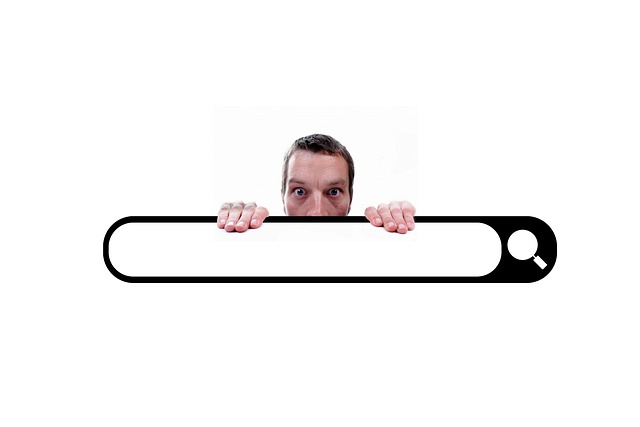Reducing the size of images on your website is crucial for better page load times and improving overall site performance. In this guide, we’ll explore practical methods to how to reduce image size without sacrificing quality, ensuring your website remains visually appealing and performs efficiently.
Understanding Image Optimization
Image optimization involves compressing the file size of images without significantly impacting their quality. By doing so, you significantly enhance your website’s loading speed, which is a critical factor in SEO rankings and user experience.
Why Reduce Image File Size?
- Faster website load times
- Improved user experience
- Enhanced SEO ranking
- Reduced bandwidth usage
There are multiple ways to achieve efficient image compression. One of the most effective is converting images to a format like WEBP, which offers significant reductions in file size compared to traditional formats such as JPEG or PNG without losing quality. For a hands-on experience, use tools like this web-based converter.
Best Practices for Reducing Image Size
Here are some proven tips to effectively reduce the size of your images:
- Choose the right file format (e.g., Image to webp online free)
- Resize images before uploading to your site
- Utilize online tools and plugins for automatic compression
- Maintain the balance between size and quality
To further explore tools that can assist you, visit PageSpeed Insights by Google to analyze your website’s performance and get specific recommendations for image optimization.
Remember to regularly check the effectiveness of your image optimization strategy. Tools like PageSpeed Insights not only provide insights into your site’s performance but also offer suggestions on how to improve it, particularly in terms of image handling.
Advanced Techniques and Tools
For those looking to dive deeper, exploring advanced compression algorithms and considering adaptive image serving based on device and screen size can be highly beneficial. Employing tools that dynamically serve different image resolutions can drastically reduce unnecessary data usage and improve site performance.
In conclusion, mastering the art of how to reduce image size is essential for any webmaster looking to improve their site’s performance and SEO. By implementing the strategies discussed, you can ensure your website offers a fast and visually engaging experience to all users.

